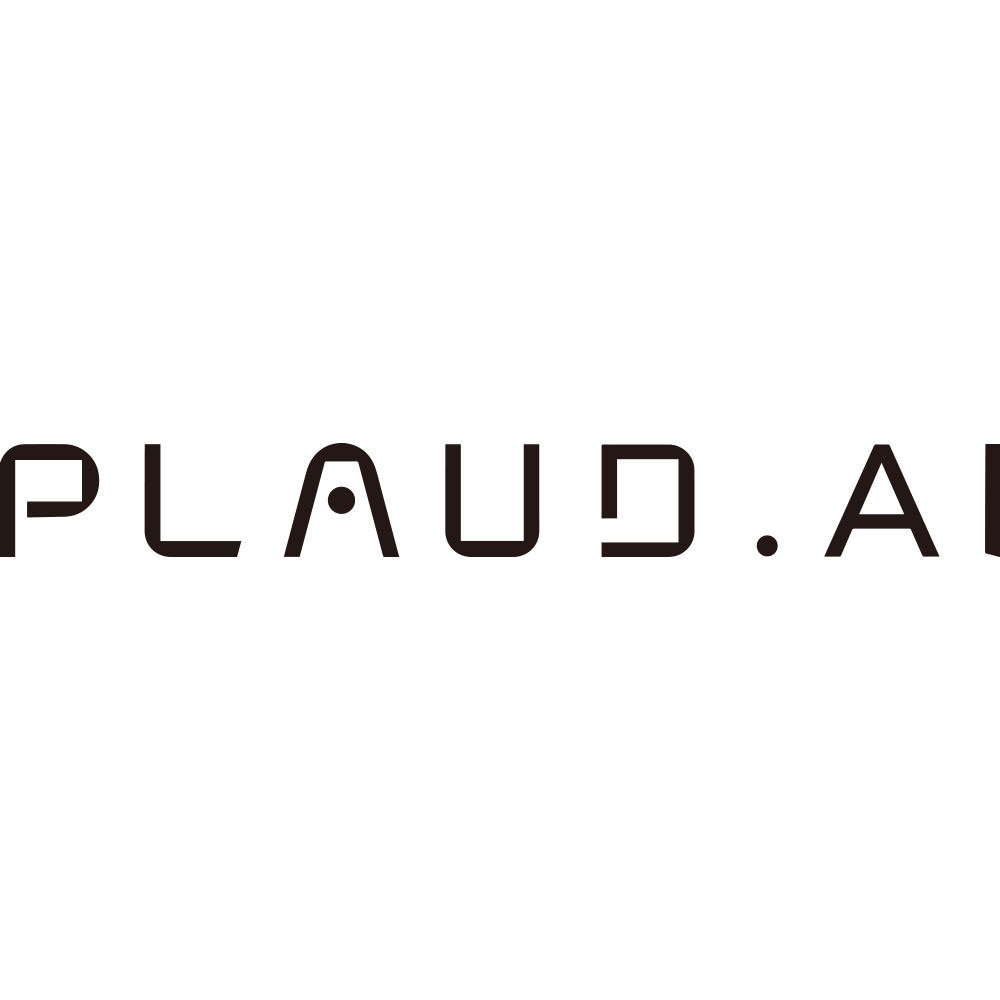AI chatbots are changing how businesses and people handle daily tasks. One-third of Americans claim to have used an AI chatbot in the past three months. They help with things like answering questions about products, managing returns, and gathering feedback from customers. While ready-made chatbots offer basic help, many companies now use special platforms to create custom chatbots. These connect with their own systems, handle tricky choices, and manage step-by-step tasks. Modern platforms have easy-to-use designs and strong AI tools, so businesses of all sizes can make their own chatbots, even without knowing how to code.

What Are AI Chatbot Apps?
An AI chatbot is a software application powered by artificial intelligence (AI) and natural language processing (NLP) technologies, designed to simulate human-like conversations. These advanced systems leverage machine learning (ML) and large language models (LLMs) to understand, interpret, and respond to user queries in a contextual and intelligent manner. Businesses deploy AI chatbots across various platforms—such as websites, messaging apps (WhatsApp, Facebook Messenger), and social media (Instagram)—to automate customer support, enhance engagement, and streamline operations.
Depending on their architecture, chatbots may operate on rule-based systems with predefined responses or utilize AI-driven models for dynamic, adaptive interactions. Modern AI chatbot platforms offer customizable solutions, allowing organizations to tailor conversational flows, integrate APIs, and continuously optimize performance based on user interactions.
How Do AI Chatbot Apps Work?
AI chatbot apps utilize natural language processing (NLP) and machine learning to interpret user intent and generate contextually relevant responses. When receiving a query, the system first analyzes linguistic patterns to discern meaning, then retrieves information from its knowledge base or connected databases. For complex inquiries, advanced models employ Retrieval-Augmented Generation (RAG), converting queries into vector embeddings to semantically search and rank relevant data before synthesizing precise answers. Modern platforms streamline development through intuitive interfaces, enabling no-code deployment while maintaining robust intent recognition and response accuracy.
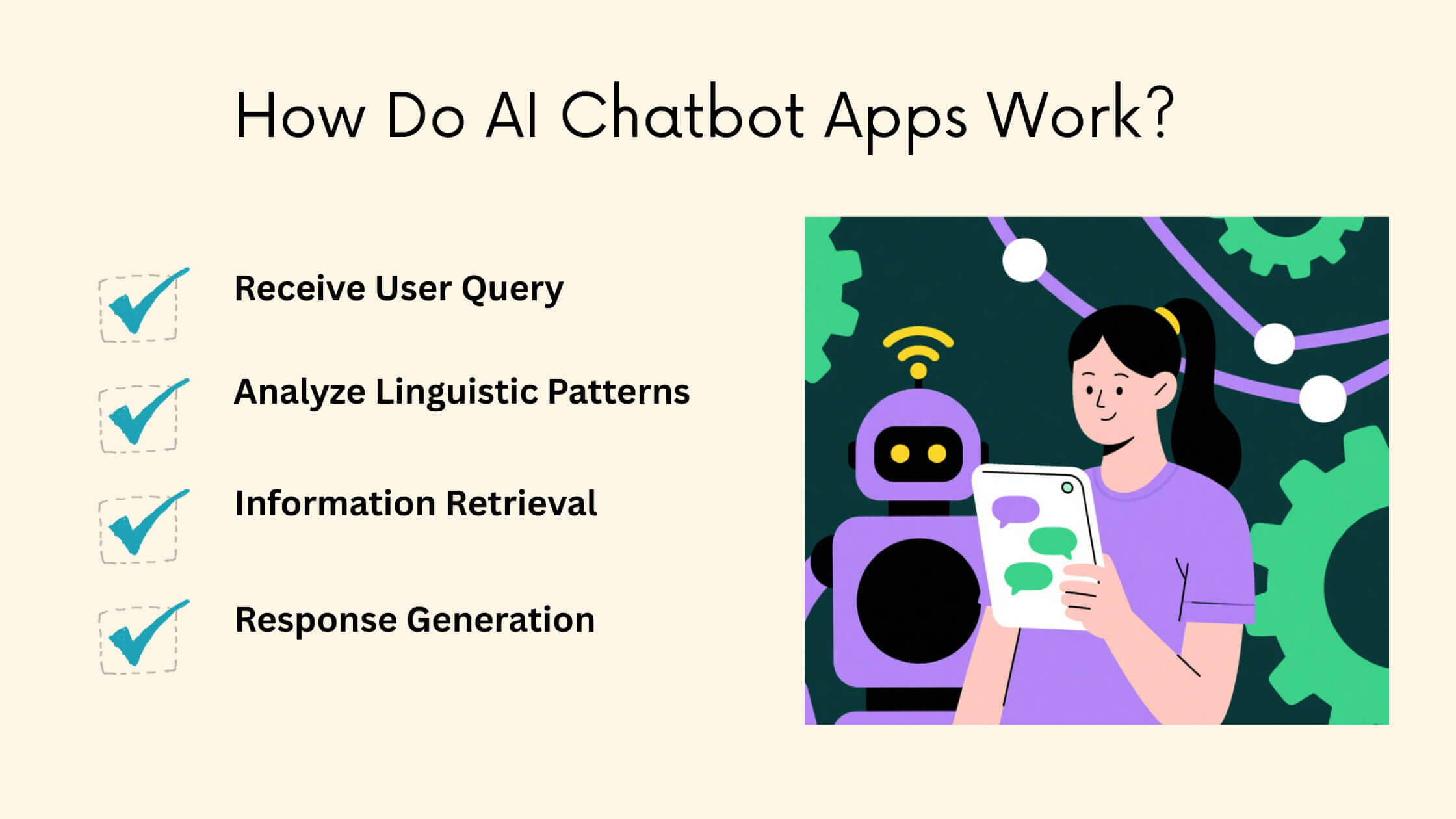
Benefits of Using AI Chatbots
AI chatbots bring many advantages to businesses, making them quicker, smarter, and more helpful. Here are the main benefits:
Always Available: Chatbots work all day and night. Customers get help even when the business is closed.
Fast Answers: They reply to common questions right away, so customers don’t wait long.
Less Work, Lower Costs: Chatbots handle simple questions like order status or returns. This lets human workers focus on bigger tasks, saving time and money.
Personal Touch: When linked to CRM systems, chatbots can greet customers by name, remember past talks, and suggest products they might like.
Finding Leads: Chatbots collect leads, check if they’re good prospects, and set up meetings, helping sales grow.
Handles Many Users: They can talk to thousands of people at once without slowing down or making mistakes.
Better Accuracy: With advanced NLP, chatbots understand questions, even if there are typos or casual words. They get better over time by learning from data.
Speaks Many Languages: Many chatbots can translate, so they help customers from all over the world.
Top 10 AI Chatbot Apps in 2025
The chatbot world has many options, each with special strengths for different needs. Here are ten great AI chatbot platforms to check out:
1. ChatGPT

ChatGPT, made by OpenAI, is a top AI chatbot. It uses GPT-4o and GPT-o models (or GPT-4o mini when busy for free users). It’s great for tasks like writing stories, doing research, solving problems, and coding. It can create and understand images, process files, and search the web for fresh information.
ChatGPT has a simple, clean design and remembers past chats for context. Recent updates made its advanced tools available to free users. It can also act as an "Operator" AI to search the web for specific tasks. Until July 2025, ChatGPT boasts an AI Search Market Share of 60%.
Easy and fun to use
Strong at research, problem-solving, and writing
Great at finding up-to-date information
Top-notch image creation and recognition
Free with advanced features
Supports text-to-image, data analysis, and voice chats
Cons:
Premium features can cost a lot
Sometimes gives wrong answers
Limits on GPT-4o; may switch to GPT-4o mini for free users
Doesn’t always show sources clearly
Pricing: Free tier available. Paid plans (Plus and Pro) start at $20 and $200 per month. Team plans cost $20–30 per user per month. Custom Enterprise options are available.
2. DeepSeek

DeepSeek is an open-source chatbot known for its smart problem-solving, similar to OpenAI’s o3 series. It uses DeepSeek V3 and R1 models. You can send text, ask for web searches, upload documents for text extraction (but not images), and review past chats.
Its web and mobile apps are simple but powerful. DeepSeek is free, but it’s hosted in China, so some worry about data privacy. You can also use it through apps like Perplexity, which may have different hosting locations.
Pros:
Free to use
Very smart R1 reasoning model
Open source for local use
Cons:
Basic design
Possible privacy concerns due to hosting in China
Can’t read images in documents
3. Solvea

Solvea AI Agent is an AI chatbot built for customer service. It offers instant, round-the-clock customer help in many languages with human-like accuracy and care. You can set it up with one click, and it learns from existing human workflows, getting smarter as it handles new issues. Solvea works with big platforms like Shopify, Zendesk, and Intercom.
It has top-level security, follows U.S. data laws, and is ISO 27001:2022 certified. Solvea handles 90% of complex queries accurately and can manage over 1,000 chats at once. It offers pre-trained AI experts for common support tasks and includes AI Safeguard to follow platform rules. Solvea helps e-commerce business to deal with customer service queries including troubleshooting, logistics, pre-sales suggestions, and post-sales fixes. It also analyzes customer questions to spot product or service problems.
Pros:
High accuracy (90%+ resolution rate)
Pre-trained industry experts & AI Safeguard
Unified omnichannel support
Self-learning knowledge base
Enterprise security certifications
Cons:
No transparent public pricing
Pricing:
With Solvea's flexible and outcome-based pricing model (you can also use their calculator tool to estimate savings based on your ticket volume and team size), you only pay for what aligns with your goals. You can contact its sales team for a customized solution.
Customer Stories

Solvea has changed customer service for big brands in many industries. For Aosom, a global e-commerce company, Solvea handled 50% of logistics questions and unified different platforms. Anker Innovation, a top Amazon seller, cut resolution times to 5 minutes and reduced workload by 70%, lowering returns by 40%. Oceania, an e-commerce group, saved 2.37 full-time staff and sped up support 5x with multilingual help. Across all clients, Solvea delivers 40-70% cost reductions, 50-92% automation rates, and dramatically improved efficiency through AI-powered unified platforms and intelligent knowledge management. The more it works, the smarter it gets.
4. Claude

Claude AI, from Anthropic, is a general-purpose chatbot focused on safe and ethical practices, great for businesses. It uses the Claude 3 model family: Claude Haiku (fast), Claude Sonnet (smart reasoning), and Claude Opus (best for language and content creation). Claude gives caring responses and can remember up to 150,000 words per chat, perfect for big documents.
Its Artifacts feature lets users build dashboards with data and interactive tools in the chat. It also has an experimental “computer use” feature, where the AI acts like a human user. Claude’s design is simple, with easy access to help and past chats. Anthropic promises not to use user prompts for training unless you opt in or flag them.
Pros:
Focuses on privacy and ethical AI
Kind conversational tone
Large memory for big documents
Artifacts for interactive dashboards
Supports document uploads
Clean, easy design
Cons:
Free plan limits vary
Knowledge cutoff at 2023
May not cite sources
Pricing: Free version with changing limits. Claude Pro costs $20 per month for more use.
5. Meta AI

Meta AI is part of Meta’s platforms like WhatsApp, Instagram, and Facebook, and also works as a standalone app. It uses the Llama AI models. Meta AI is great at making and animating images for free. Meta AI has the most users compared to any other AI chatbot, with 500 million active users.
It can search the web, but it’s not as strong as Gemini or ChatGPT, so you should check its answers. Meta offers a free licensing framework for developers to build apps with Llama models, with no cost until high revenue levels.
Pros:
Free image creation and animation
Built into WhatsApp, Instagram, and Facebook
Free licensing for developers
Cons:
Limited as a standalone chatbot
Weaker web search
Needs fact-checking
Pricing: Free to use.
Pricing: Free to use.
6. Google Gemini
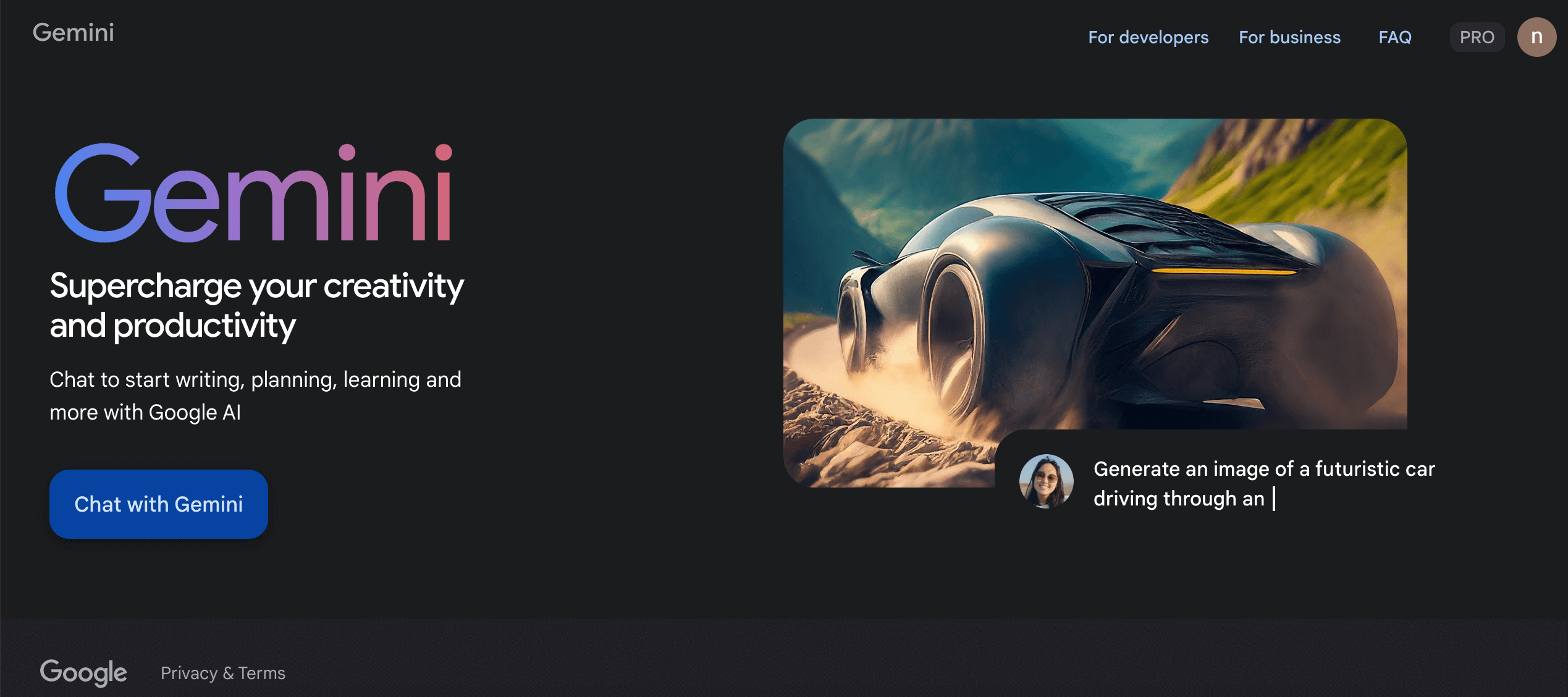
Google Gemini, once called Google Bard, is Google’s chatbot, similar to Microsoft Copilot. It uses Gemini 1.5 Flash (standard) and Gemini 1.5 Pro (advanced) models, with Imagen 3 for images. Gemini works well with Google apps like Gmail, Google Docs, Maps, and YouTube.
It has a long memory for big conversations and a sleek, simple design. It warns users to check answers for accuracy. Gems let you customize the chatbot, like ChatGPT’s GPTs. Gemini Live is a free voice assistant for natural, back-and-forth talks on iOS and Android.
Pros:
Works well with Google apps for tasks like summarizing files
Good at reasoning, file processing, and web searches
Creates videos with audio
Has a “Google it” feature
Offers customizable Gems
Gives clear text and images fast
Cons:
Answers can be uneven
Deep research can be hard
Image creation not as good as others
Limited coding help
Pricing: Free version available. Gemini Advanced is free for one month, then $19.99/month with 2TB Google One storage and Gemini in Gmail and Docs.
7. Microsoft Copilot
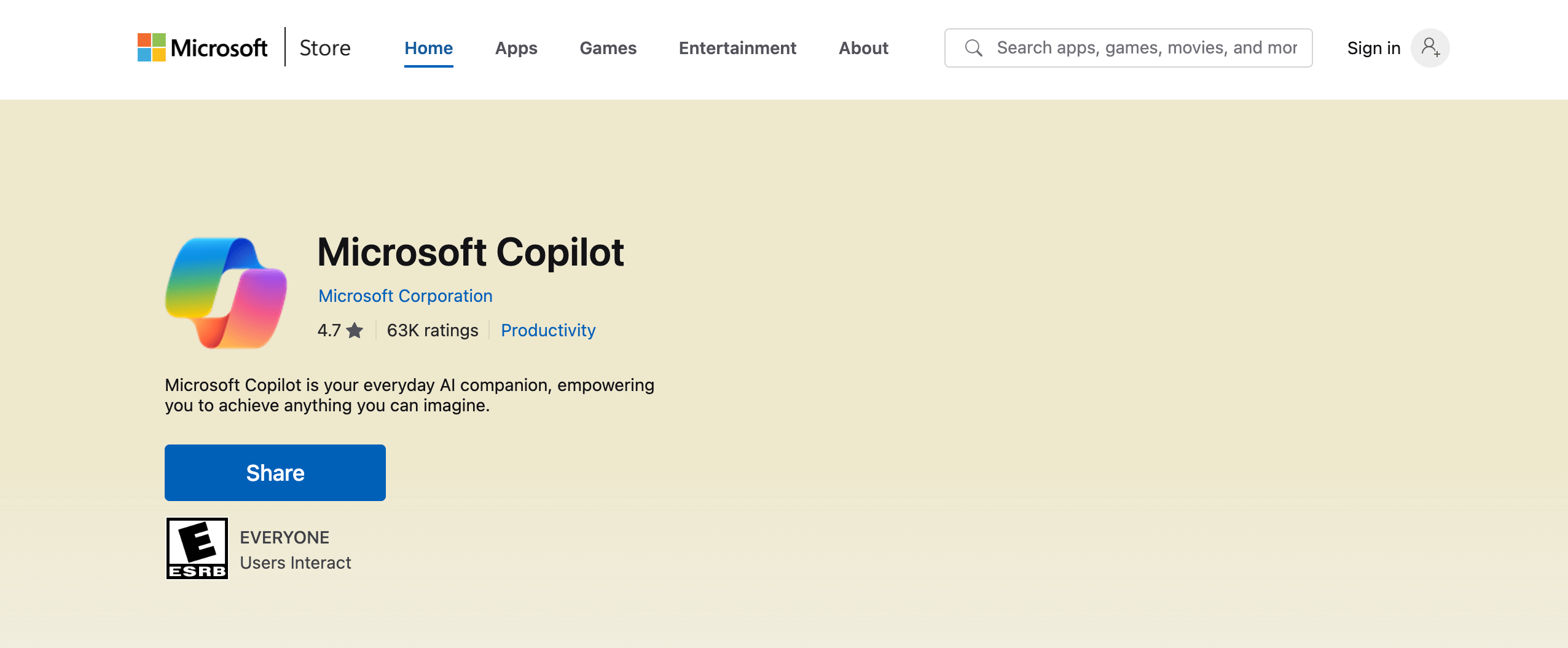
Microsoft Copilot uses OpenAI’s GPT-4 Turbo, similar to GPT-4o, with Bing data for up-to-date answers. It works on desktop, mobile, and web, and in Windows and Microsoft 365 apps like Word, Excel, and PowerPoint.
Copilot Voice is a free feature like ChatGPT’s Advanced Voice Mode. It creates code, answers questions, makes images, and summarizes web info with source links. The design is modern and easy to use.
Pros:
Built into Microsoft Edge and Office
Finds current events with source links
Uses OpenAI’s strong GPT-4
Offers lots of free features
Cons:
Answers can be slow
Weak computer control in Windows
Relies on BingPricing: Free edition available. Copilot Pro includes the latest models and priority access. Special versions exist for sales, finance, and security.
8. Zapier Agents

Zapier Agents is an experimental AI workspace where you can teach AI to work with thousands of apps. It’s as easy as using ChatGPT and runs on OpenAI’s models.
You can connect agents to company data in apps like HubSpot, Notion, and Zendesk, and data syncs automatically. Agents can do tasks like writing, sending info, updating data, or searching the web when triggered. It combines AI chat, automation, and data analysis.
Pros:
Links chatbot data to many apps
Easy to make custom AI agents
Handles data across business apps
No-code approach
Cons:
Limited without automation or app links
Pricing: Free to start.
9. Poe
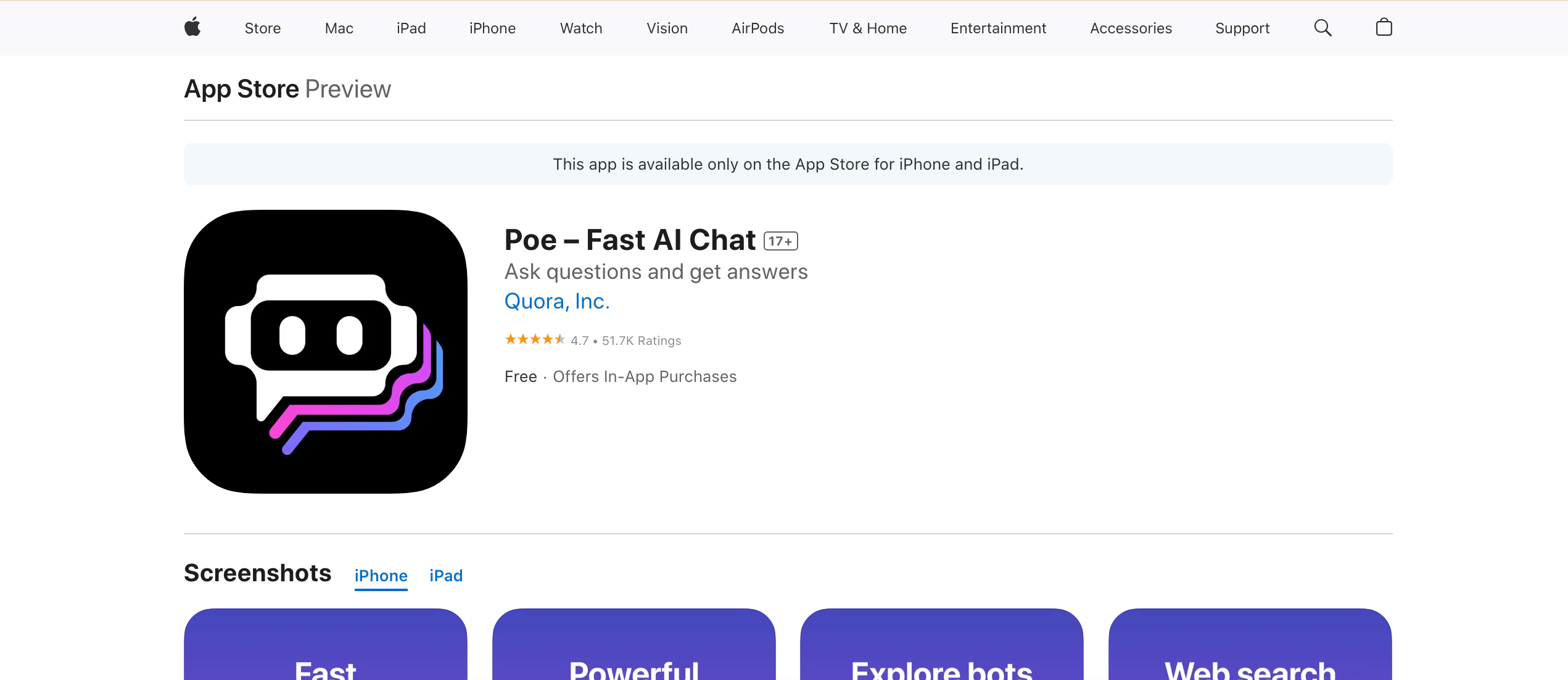
Poe is an AI model hub, giving access to models like OpenAI’s, StableDiffusionXL, Claude, Gemini, Llama, and Mistral. You buy compute points instead of a fixed plan. Poe lets models work together in one chat, like using a GPT model for text, then an image model to animate it.
You can make custom bots by setting prompts, adding a knowledge base, and choosing a greeting. Unlike ChatGPT’s GPTs, Poe lets you pick the base model and sell your bots.
Pros:
Access to many AI models in one place
Can sell custom bots
Models can work together in a chat
Cons:
Limits on high-quality models
10. Perplexity

Perplexity is a chatbot for personalized searches, a great alternative to search engines. It summarizes results and cites sources, making it trustworthy for deep research. It uses OpenAI, Claude, and DeepSeek models (GPT-3 and GPT-4 for subscribers).
Its design is simple and easy. It suggests follow-up questions and related searches to keep exploring. The Copilot feature helps with product or hotel searches by asking questions to narrow down choices. It translates 80+ languages and shows confidence scores for answers.
Pros:
Great for deep web searches with sources
Easy-to-use design
Suggests follow-up questions
Supports branding and custom themes
Available on mobile
Cons:
Interface can feel busy with many results
AI dependent







